Disclosure: This article contains affiliate links. We may earn a commission from purchases at no extra cost to you, which helps our travel content.
The first time I set foot in Kansas City, I was there for an EMT conference, expecting nothing more than barbecue and blues. What I discovered instead was a living museum where America's westward expansion, civil rights struggles, and cultural revolutions converged in unexpected harmony. As someone who's spent years exploring how places hold healing energy and historical wisdom, Kansas City revealed itself as a power center where past and present dance together like notes in a Charlie Parker saxophone solo. The city's historical sites don't just document America's journey—they pulse with it. From the Missouri River banks where Lewis and Clark once camped to the vibrant 18th & Vine District where jazz found its heartbeat, KC offers families a weekend of discovery that won't drain your wallet but will fill your spirit. Pack your curiosity and comfortable shoes—we're about to journey through time in the Heart of America.
Lewis & Clark: Where the Westward Journey Began
The Missouri River cuts through Kansas City like an ancient lifeline, its muddy waters carrying centuries of stories downstream. As I stood at Kaw Point Park where the Kansas River meets the Missouri, I couldn't help but think about the Indigenous peoples who navigated these waters long before European contact—my Mi'kmaq ancestors on the east coast would have used similar river knowledge for survival and transportation.
It was here in June 1804 that Lewis and Clark's Corps of Discovery camped for three days, making astronomical observations and preparing for the unknown territories ahead. The interpretive park now offers families a chance to stand where these explorers once stood, with educational panels that thankfully acknowledge both the expedition's achievements and its complicated legacy for Native peoples.
What struck me most was how the park honors the Kanza (Kaw) Nation, after whom Kansas received its name. As someone who's learned to see landscapes through both Western and Indigenous perspectives, I appreciated this attempt at balance. The overlook provides sweeping views of downtown Kansas City—a perfect visual timeline from frontier outpost to modern metropolis.
For families with energetic kids, the park's hiking trails provide an excellent opportunity to burn energy while learning. The Lewis and Clark Historic Park Trail is just challenging enough to feel adventurous for little ones but manageable for parents. I watched a father teaching his daughter to use a compass while explaining how the Corps navigated without GPS—exactly the kind of experiential learning that makes history stick.
Bring along a sturdy water bottle for everyone in your family. The Missouri summer heat can be unforgiving, and staying hydrated is as important now as it was for those early explorers.
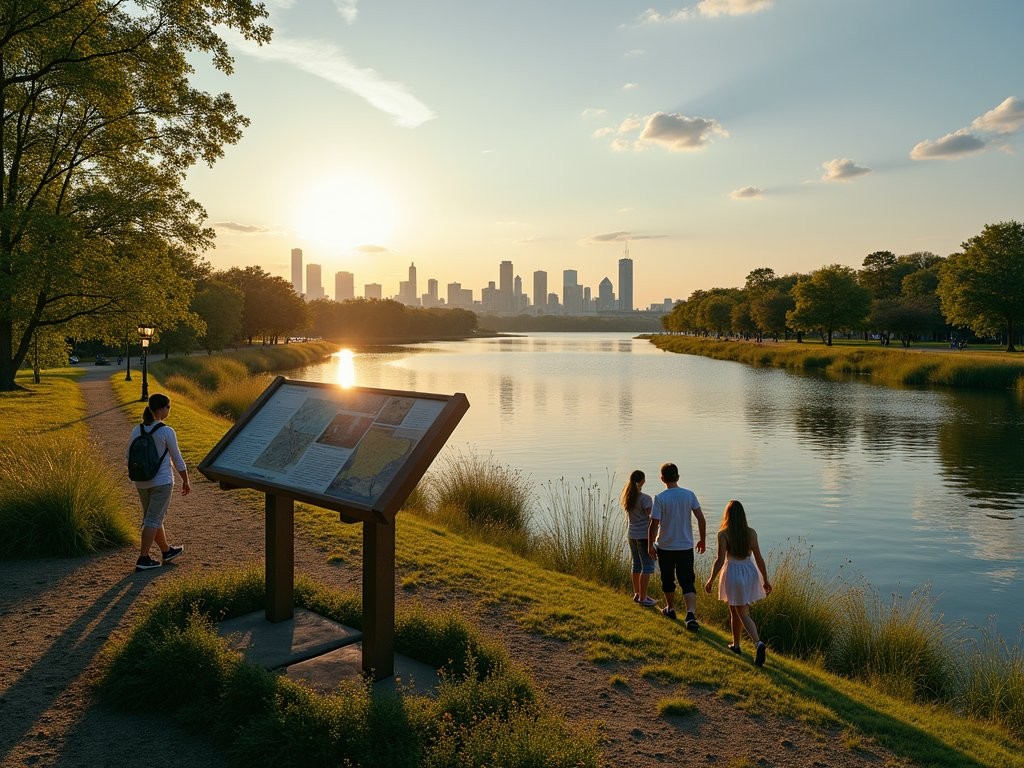
💡 Pro Tips
- Visit at sunset for the most dramatic views of the confluence and downtown skyline
- Download the free Lewis and Clark National Historic Trail app before your visit for interactive learning experiences
- Pack a picnic to enjoy at the riverside tables—much more budget-friendly than restaurant meals
Frontier Foundations: The Arabia Steamboat Museum
If there's one place in Kansas City that consistently leaves me speechless, it's the Arabia Steamboat Museum. Imagine a 171-foot steamboat, fully loaded with 200 tons of frontier supplies, sinking into the Missouri River in 1856, only to be discovered buried 45 feet underground in a Kansas farm field over a century later. The river had changed course, and time had preserved the cargo like a perfectly sealed time capsule.
As an EMT, I'm trained to assess what people need in critical moments. Walking through this museum gives me an eerie window into exactly what frontier families needed for survival. The collection includes over 200 perfectly preserved boots and shoes, thousands of buttons, beads meant for trade with Native tribes, cognac that still smells potent, and even pickles that retained their green color after 132 years underwater.
What makes this museum especially powerful for families is that it's not just about objects—it's about the human stories they represent. The preserved china dolls speak to children's universal need for comfort. The medical supplies (which I find particularly fascinating) show how frontier doctors worked with limited resources. One medicine bottle still contained laudanum—a tincture of opium that was once used for everything from cough to pain. As someone who's administered modern painkillers in emergency situations, it's humbling to see these historical counterparts.
The museum is exceptionally kid-friendly, with interactive elements throughout. My favorite moment was watching a young girl's eyes widen as she realized the perfume bottles on display still held their fragrance after more than a century buried in mud. These tangible connections to the past are worth far more than the modest admission price.
Before visiting, I recommend grabbing an affordable breakfast at nearby River Market. For capturing the incredible details of the artifacts, a good smartphone camera lens kit will help you document the intricate beadwork and preserved textiles that standard phone cameras might miss.
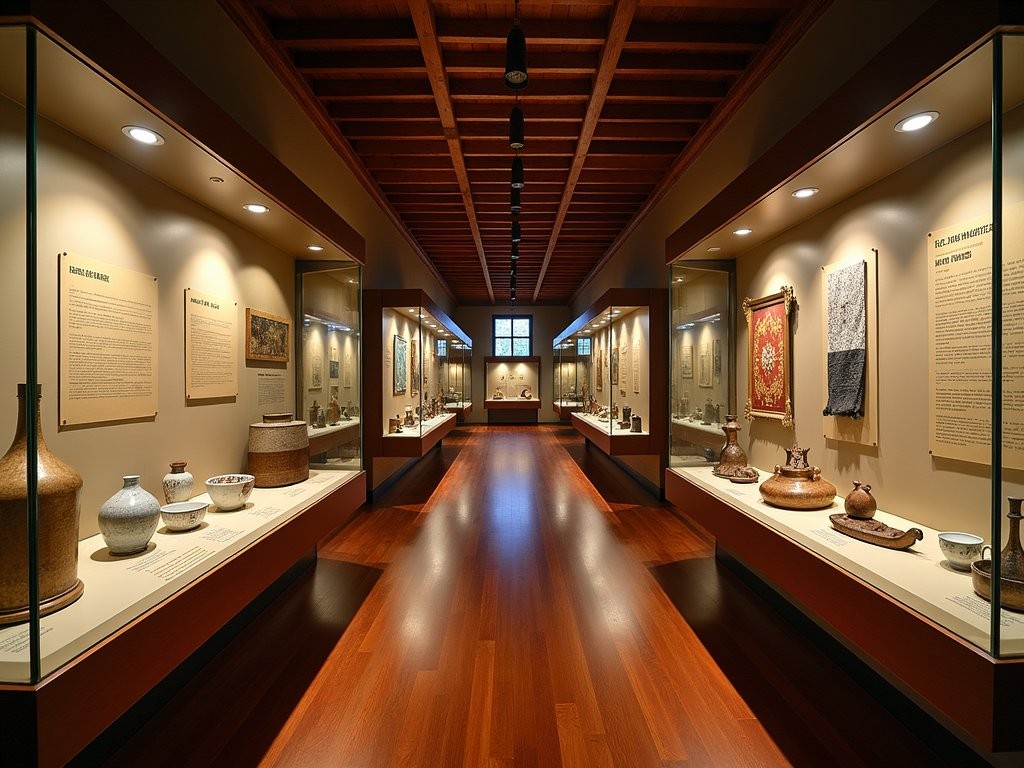
💡 Pro Tips
- Allow at least 2 hours to fully appreciate the collection and watch the documentary film about the excavation
- Visit on weekday mornings when school groups are less common for a quieter experience
- Take the guided tour—the additional context from staff who participated in the excavation is invaluable
Civil War Echoes: The National WWI Museum and Liberty Memorial
Few places in America connect the threads of multiple conflicts like Kansas City's National WWI Museum and Liberty Memorial. While the museum's primary focus is the Great War, its location holds significance for understanding Kansas City's Civil War history as well. The memorial stands on a hill that once held Union Army fortifications protecting the city—a strategic position that offers panoramic views of the surrounding area.
As someone who's responded to modern-day trauma scenes, walking through the museum's recreation of trench warfare hits differently. The sounds of artillery fire, the claustrophobic spaces, the medical displays showing primitive field hospitals—these exhibits don't just inform; they immerse you in the sensory experience of war. For families with older children (I'd suggest ages 10+), this creates powerful learning moments about conflict and courage.
What particularly moved me was the museum's collection of personal items—letters home, modified helmets, improvised tools that showed human ingenuity in desperate circumstances. One display featured medical kits carried by field medics, including tourniquets and morphine. Having applied modern versions of these same tools in emergency situations, I felt a profound connection to those early battlefield medics working without the training and equipment we now take for granted.
The glass bridge over a field of 9,000 poppies—each representing 1,000 combat deaths during the war—creates a moment of silent reflection that resonates with visitors of all ages. I watched as a father lifted his young daughter to count the flowers, gently explaining what they represented. These are the moments where history becomes more than dates and facts.
For families on a budget, the outdoor memorial and its spectacular view of Kansas City are free to access, even if you don't pay for museum admission. Bring a compact binoculars to spot historical landmarks across the city from this elevated vantage point. The Egyptian Revival-style monument itself tells a story of how America saw itself after emerging as a world power following the Great War.
Before leaving, take time to visit the Memory Hall with its Horizon Theater showing actual footage from the war. The circular display creates an immersive experience that helps younger visitors understand the global scale of the conflict in a way textbooks simply cannot convey.
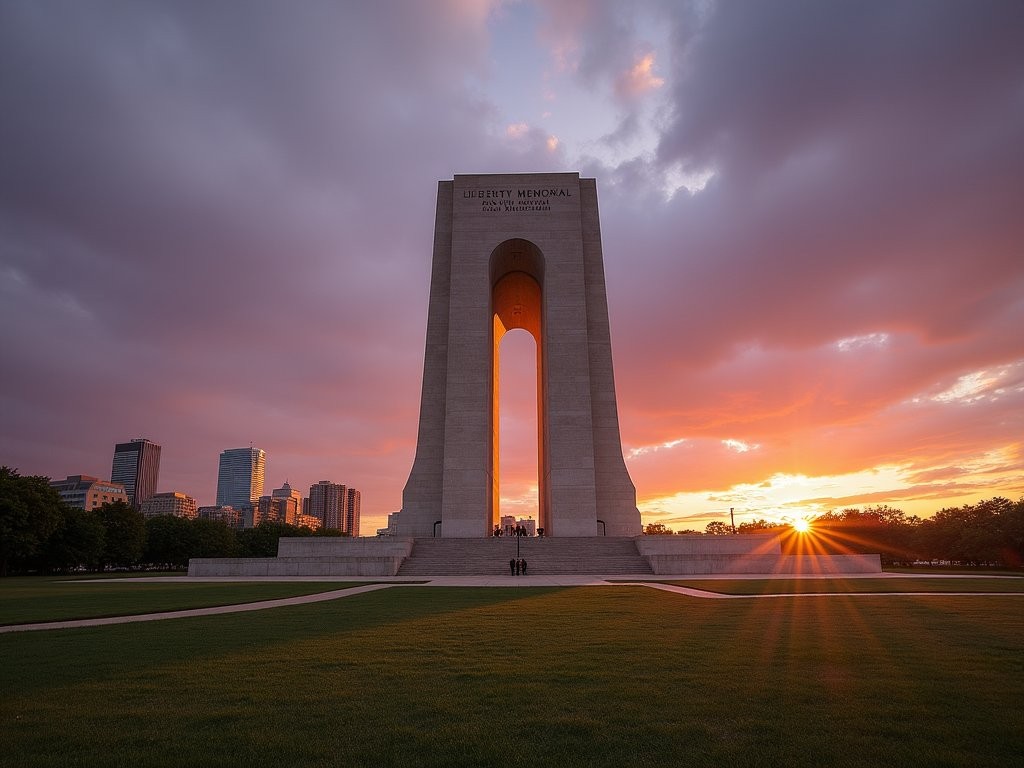
💡 Pro Tips
- Visit on the first Sunday of the month when Missouri residents receive discounted admission
- Allow children to participate in the interactive research stations where they can explore primary sources at their own pace
- Time your visit for Thursday evenings when the museum stays open late and often hosts special programming
18th & Vine: The Heartbeat of American Jazz
There's a particular energy that flows through Kansas City's 18th & Vine Historic District—a vibration that seems to rise from the pavement itself. As someone who believes deeply in the healing power of place, I find this neighborhood to be one of America's sacred spaces, where the notes of musical innovation and civil rights struggles harmonize in powerful ways.
The American Jazz Museum and the Negro Leagues Baseball Museum share a building in the district's core, offering complementary perspectives on African American achievement during an era of segregation. What makes these museums special for families is how they contextualize these achievements—not as isolated cultural phenomena, but as resistance and joy in the face of systemic oppression.
In the Jazz Museum, interactive exhibits allow children (and adults) to mix their own jazz tracks and listen to different instruments in isolation before hearing them come together in classic recordings. The Blue Room, an attached working jazz club, often hosts afternoon performances suitable for families. I watched a father and son taking turns at the mixing board, the boy's face lighting up as he isolated Charlie Parker's saxophone from a classic recording.
Just steps away in the Negro Leagues Baseball Museum, the full-sized bronze statues of players frozen in game positions create an unforgettable tableau. For families, this museum excels at using America's pastime to teach complex social history in accessible ways. The progression from segregated fields to Jackie Robinson breaking the color barrier becomes a tangible journey rather than an abstract concept.
After exploring the museums, take time to wander the district itself. The historic Gem Theater, the restored Mutual Musicians Foundation (where late-night jam sessions have continued since the 1930s), and the vibrant murals all tell pieces of the story. For lunch, I recommend stopping at one of the local soul food restaurants—the flavors connect directly to the Great Migration history that brought Southern Black culture to Kansas City.
Capturing the district's vibrant colors and historic architecture is a photographer's dream. I use a camera strap that makes it easy to quickly grab shots while keeping my hands free to take notes or guide family members—essential for documenting these living historical sites.
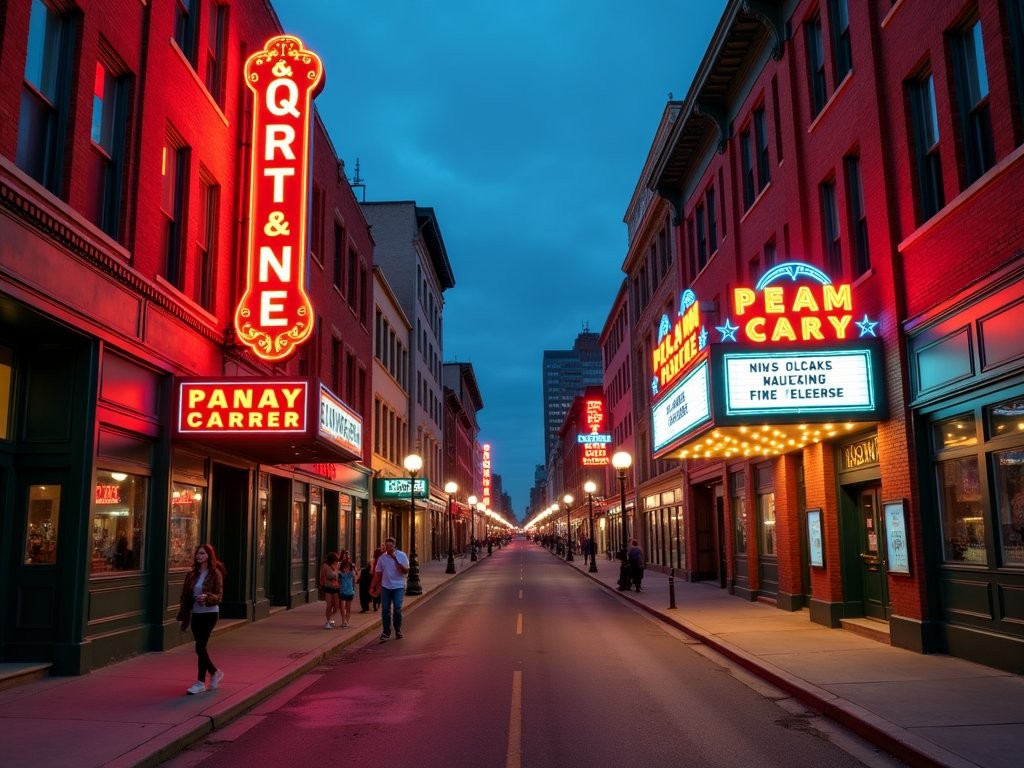
💡 Pro Tips
- Purchase the combination ticket for both museums to save significantly on admission costs
- Check the Blue Room calendar in advance—some afternoon performances are family-friendly and free
- Visit during the district's annual Juneteenth celebration for special programming that brings history to life
Union Station: A Century of Arrivals and Departures
Few buildings capture the sweep of American history quite like Kansas City's Union Station. When I first walked into its Grand Hall, the 95-foot ceiling soaring overhead, I felt that distinct resonance that comes from spaces where countless human stories have intersected. Built in 1914, this Beaux-Arts masterpiece once saw a million passengers yearly—soldiers departing for war, families migrating west, jazz musicians touring the country, and everyday travelers connecting to distant places.
For families exploring Kansas City's history, Union Station offers a perfect blend of architectural awe and interactive learning. Science City, housed within the station, provides hands-on STEM activities that keep children engaged while parents appreciate the historical surroundings. The model train gallery particularly delights younger visitors while giving context to Kansas City's development as a railroad hub.
What fascinates me most about Union Station is its role during watershed moments in American history. During World War II, the station was filled day and night with troops shipping out to both the Pacific and European theaters. The North Waiting Room (now restored to its original grandeur) was converted to a canteen where local volunteers served coffee and donuts to soldiers, many of whom were leaving home for the first time.
The station also witnessed darker chapters—most notoriously the Kansas City Massacre of 1933, when criminal Frank Nash was being transported through the station and gunmen attempted to free him, resulting in the deaths of four law enforcement officers. The bullet holes reportedly remained visible in the station walls for decades.
For budget-conscious families, Union Station offers plenty of free experiences. Simply wandering the Grand Hall costs nothing, and the building frequently hosts free exhibitions in its public spaces. The ceiling's intricate details reward those who remember to look up, and the massive chandeliers have fascinating restoration stories of their own.
If you're traveling with children who need occasional breaks from historical sightseeing, the station's central location makes it easy to alternate between educational experiences and pure fun. The travel journal has become my favorite way to help young travel companions document their experiences—with specific prompts about architecture, history, and personal observations that work perfectly for sites like Union Station.

💡 Pro Tips
- Visit during weekday mornings when the Grand Hall is less crowded and light streams beautifully through the massive windows
- Look for the free historical displays about the station's role in Kansas City's development scattered throughout the building
- Check the schedule for the model train gallery demonstrations, which bring the miniature historical Kansas City to life
Healing Through History: Kansas City's Sacred Spaces
Throughout my travels exploring the intersection of place, history, and wellness, I've found that certain locations hold a unique energy—spaces where the weight of human experience creates what I can only describe as a healing resonance. Kansas City contains several such spaces where history and healing converge in ways that families can experience together.
The Kauffman Memorial Garden, though not ancient, has become one of the city's contemplative treasures. Created as a tribute to Ewing and Muriel Kauffman (philanthropists who founded Marion Labs and once owned the Kansas City Royals), this European-style garden offers a peaceful retreat where children can safely explore while adults absorb the calming effect of thoughtfully designed green space. The garden's geometric patterns reflect sacred geometry principles found in healing spaces worldwide—something I've studied extensively while exploring traditional wellness practices.
Nearby, the Nelson-Atkins Museum of Art houses historical artifacts that connect to healing traditions across cultures. Their Native American collection particularly resonates with me given my Mi'kmaq heritage. I spent an afternoon studying medicine bundles and healing objects, explaining to a curious family how these items represented a holistic understanding of wellness that modern medicine is only beginning to rediscover. The museum's free admission policy makes it an excellent budget option for families seeking both cultural and historical education.
Perhaps the most powerful healing space in Kansas City is the Mutual Musicians Foundation in the 18th & Vine District. This unassuming building has hosted late-night jazz sessions since the 1930s, serving as both community center and creative sanctuary during segregation. The foundation still hosts jam sessions that begin at midnight on weekends—obviously not suitable for young children, but teens with musical interests might find this living history profoundly inspiring.
For families seeking outdoor historical experiences, the Indian Mound at Kessler Park offers a connection to the region's pre-European history. While little is known definitively about this earthwork, standing at its summit provides both a panoramic view of the city and a moment to acknowledge the Indigenous presence that long predated Kansas City's founding. As someone who incorporates land acknowledgment into my travels, I find such sites essential for teaching children a complete historical narrative.
To document these meaningful locations, I recommend a travel notebook for both parents and children. Creating sketches, pressing flowers from historical gardens, or writing reflections helps process the emotional impact of these spaces in ways that digital photos alone cannot capture.
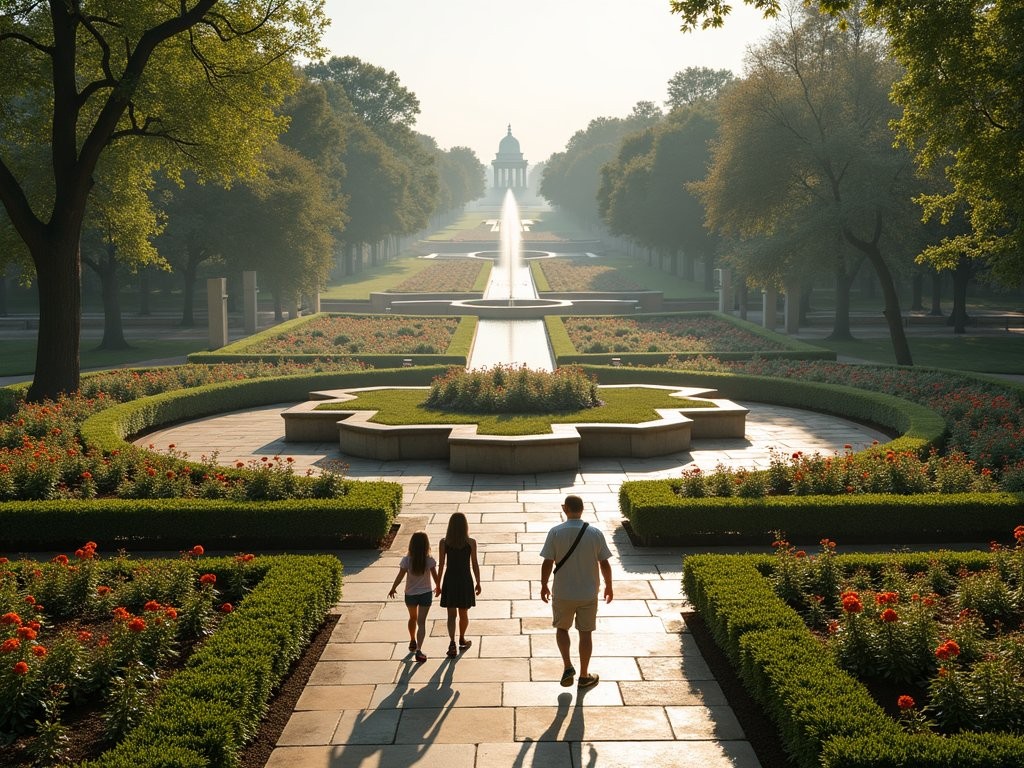
💡 Pro Tips
- Visit the Kauffman Memorial Garden early morning for the most peaceful experience and best natural light
- Request the family guide at the Nelson-Atkins Museum for age-appropriate activities connecting art to history
- Create a simple ritual of reflection when visiting historical sites—perhaps a moment of silence or sharing one observation before moving on
Final Thoughts
As our historical journey through Kansas City comes to a close, I'm reminded that cities, like patients I've treated, tell their stories through vital signs—the pulse of jazz still beating in historic clubs, the respiratory rhythm of river commerce that gave life to frontier dreams, and the healing scars of civil rights struggles that transformed a nation. Kansas City doesn't just preserve history; it continues to live it, making this midwest crossroads an ideal classroom for families seeking to connect with America's complex past. Whether you have a weekend or a week, the layers of stories here—from Indigenous settlements to Lewis and Clark, from jazz age innovation to civil rights triumphs—offer lessons that textbooks alone cannot convey. As you plan your visit, remember that the most meaningful historical journeys happen when we open ourselves to both the triumphs and tragedies that shaped our shared story. In the words jazz musicians might appreciate: Kansas City's history doesn't just inform us—it improvises with us, creating new understandings with each generation brave enough to listen.
✨ Key Takeaways
- Kansas City offers budget-friendly historical experiences suitable for all ages, with many sites offering free or reduced admission for families
- The city's historical sites cover diverse aspects of American history from Indigenous heritage to westward expansion, Civil War, jazz age, and civil rights movements
- Combining outdoor historical sites with indoor museums creates a balanced itinerary that keeps children engaged while providing educational value
📋 Practical Information
Best Time to Visit
year-round, though spring and fall offer the most comfortable temperatures for outdoor exploration
Budget Estimate
$150-300 for a family weekend including accommodations, museum admissions, and meals
Recommended Duration
2-3 days for major historical highlights, 4-5 days for comprehensive exploration
Difficulty Level
Easy - Most Historical Sites Are Accessible And Family-Friendly
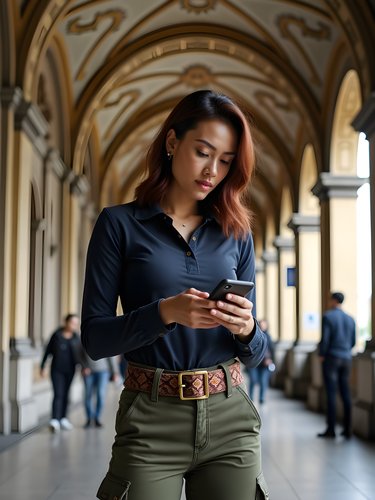
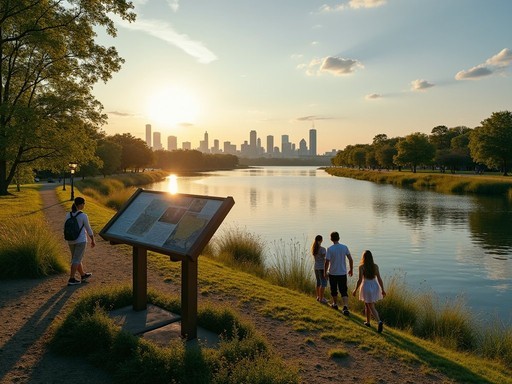
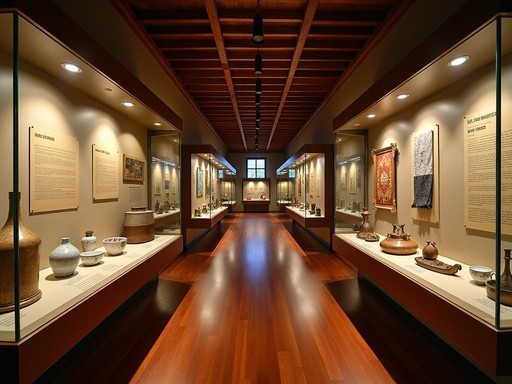
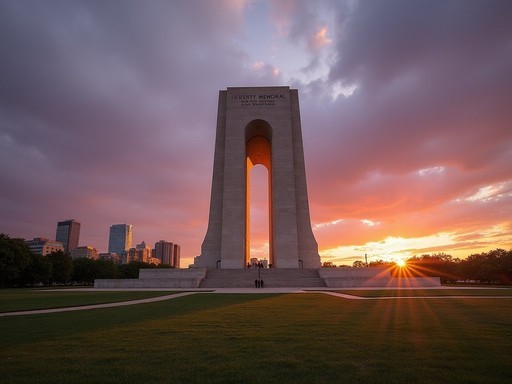
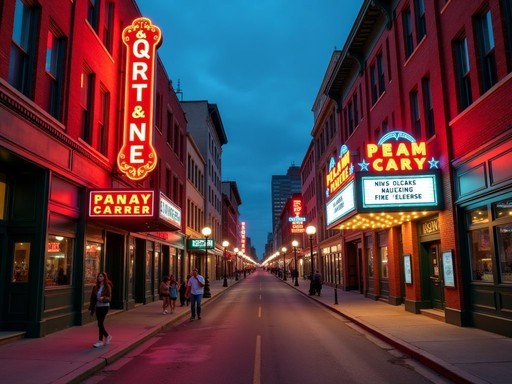
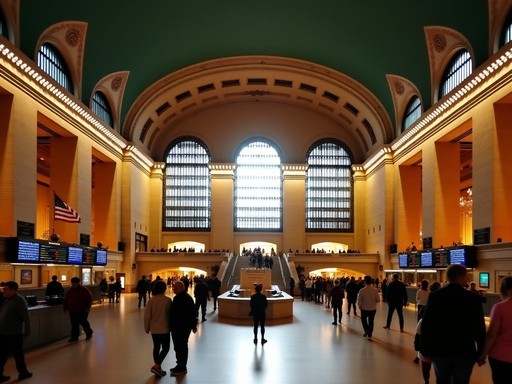
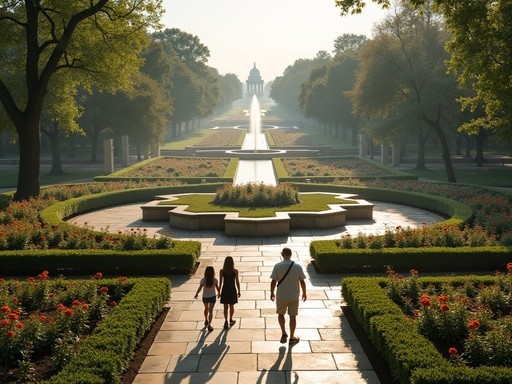


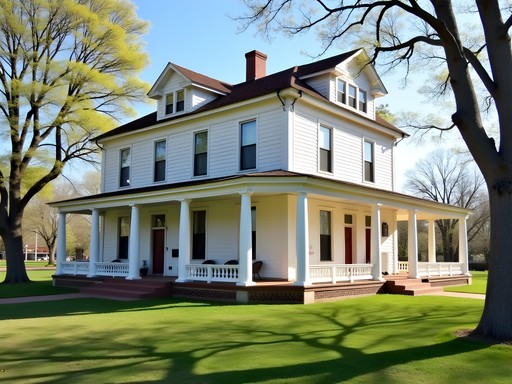
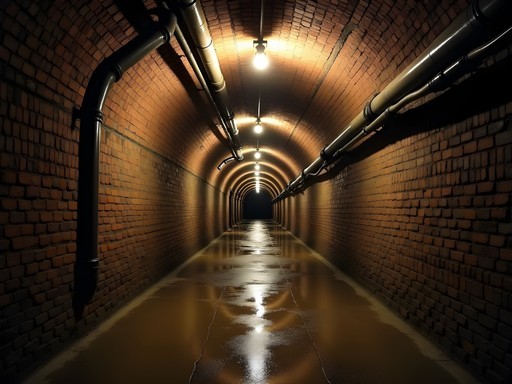






Comments
mountainfan
Great photos! The Liberty Memorial at sunset is spectacular.
Nicole Russell
This blog post inspired me to take a detour to Kansas City during my cross-country road trip last month! The Lewis & Clark historical markers were perfect stopping points to stretch my legs and soak in some history. What surprised me most was how emotional I felt at the WWI Museum - those personal letters and artifacts really bring home the human cost of war. For anyone planning to visit multiple museums, I recommend getting the City Pass to save some money. Also, don't miss the Negro Leagues Baseball Museum right next to the American Jazz Museum - two incredible pieces of American history side by side!
coffeestar
Thanks for mentioning the Negro Leagues Baseball Museum! I completely missed that on my trip. How long did you spend there?
Nicole Russell
I spent about 2 hours there and could have stayed longer! The stories of these incredible athletes who persevered despite segregation are so powerful. They have Buck O'Neil's original uniform too!
mountainchamp
Just got back from KC. The jazz district is amazing! Caught a great show at the Blue Room.
sunsetninja
Never expected to be so excited about Kansas City! Bookmarking this for our road trip this summer!
Megan Martin
As someone who frequently travels to KC for business, I've slowly been exploring these historical gems between meetings. The Arabia Steamboat Museum is truly one of the most underrated attractions in the Midwest! It's fascinating to see perfectly preserved frontier goods from the 1850s. I always recommend visitors use the KC walking tour guide to really understand the context between sites. If you have time, also check out the Union Station - it's a beautiful Beaux-Arts building with its own fascinating history of the 1933 Union Station Massacre. Great write-up, Sage!
Casey Andersson
What a beautiful tribute to Kansas City's layered history! Your EMT background brings such a unique perspective to travel writing, Sage. I was in KC last autumn for a luxury hotel review and extended my stay specifically to explore these historical gems. The Liberty Memorial at sunset created one of the most stunning silhouettes I've ever photographed. What struck me most was how the city seamlessly blends its frontier past with its jazz age glamour. I found myself starting days at the sober WWI Museum and ending them with cocktails at a speakeasy that's been operating since prohibition. That contrast tells the American story in such a compelling way.
Sage Dixon
Thank you, Casey! You're absolutely right about that contrast - it's what makes KC so special. Which speakeasy did you visit? I'm heading back there next month and would love to check it out!
Casey Andersson
It was The Hey Hey Club in the basement of the Majestic Restaurant. Original 1920s fixtures and incredible craft cocktails. Ask for their barrel-aged Manhattan!
nomadmood
Is the WWI Museum crowded on weekends? Planning a visit but wondering if weekdays are better?
reddiver
Went on a Saturday last month. Busy but not overwhelming. Worth it for the view from the tower alone!
Megan Martin
As someone who frequently travels to KC for business, I've found the historical walking tours to be perfect for filling those gaps between meetings. I particularly appreciate how you highlighted the Lewis & Clark connection - most visitors miss this significant piece of history. For anyone interested in a deeper dive, the Missouri River boat tour that covers their expedition route offers fascinating historical context. I always recommend my guided tour book to colleagues who want to explore between business commitments.
wanderlustqueen
Just got back from KC and totally agree about 18th & Vine! The jazz history there is incredible. Caught a live show at the Blue Room and felt like I was transported back to the 1930s!
wanderblogger
The Arabia Steamboat Museum is INCREDIBLE! I spent half a day there last summer and was blown away by how well they've preserved everything from that 1856 shipwreck. It's like a time capsule with all those perfectly preserved frontier goods. The story of how they excavated it from a Kansas cornfield is just as fascinating as the artifacts themselves!
sunsetninja
Is it kid-friendly? Taking my 10-year-old next month.
wanderblogger
Absolutely! My nephew loved it - they have these cool interactive displays showing how they found and excavated everything. Perfect for curious kids!
Venture X
Premium card with 2X miles, $300 travel credit, Priority Pass